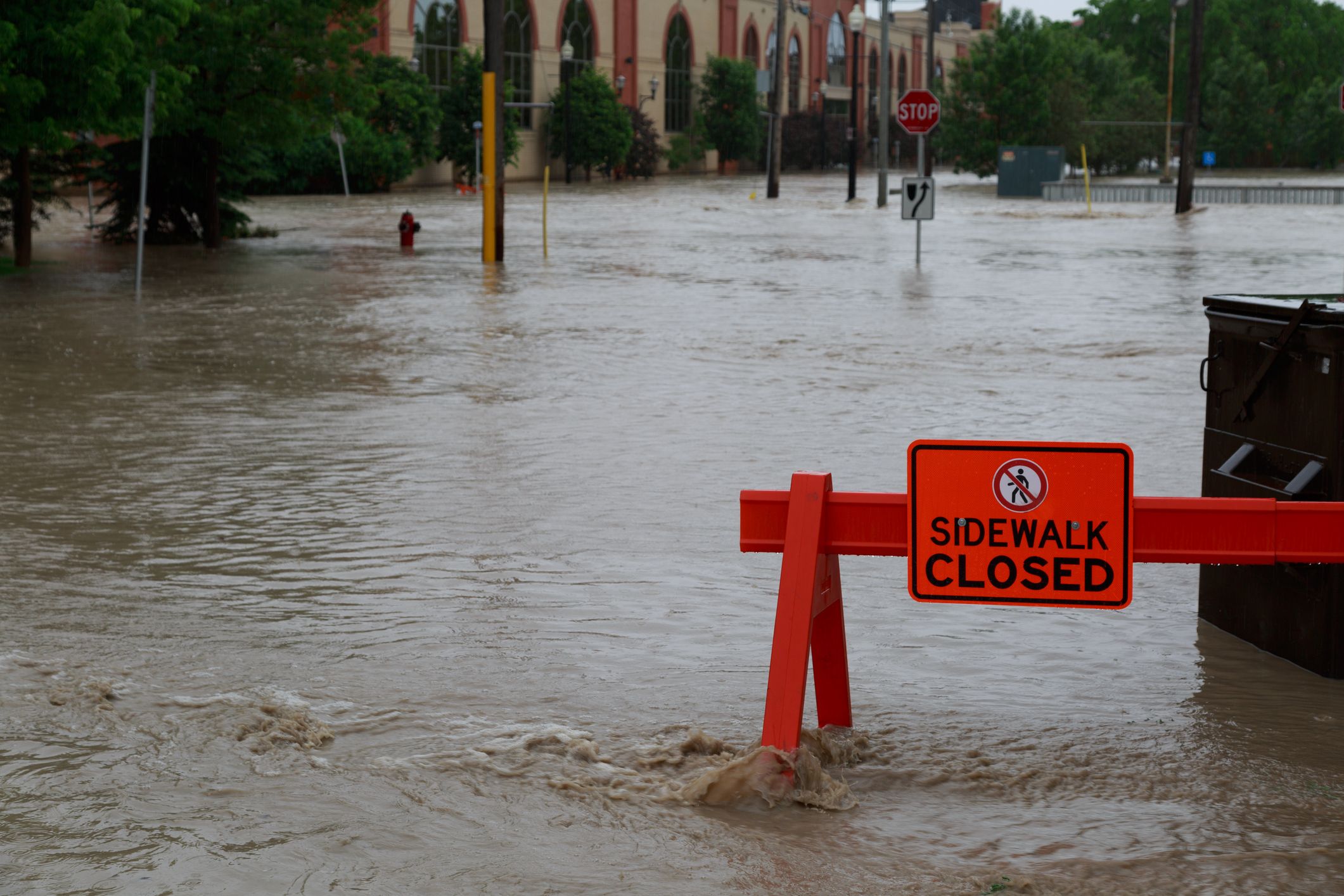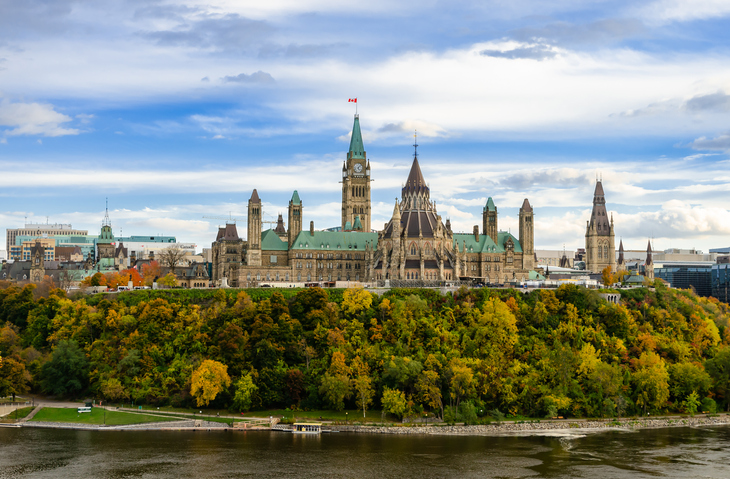Question: What do COVID-19 and spring flooding have in common?
Answer: They both cause hardship and economic instability—if Canadians are not prepared.
While we all look forward to the end of the coronavirus pandemic, annual flooding caused by extreme weather is a problem that is here to stay.
Scientists worldwide agree that climate change is effectively irreversible and our only choice is to adapt to extreme weather events. For Canadians, flooding has emerged as the most damaging extreme weather disaster, with costs to governments, businesses, and individual Canadians mounting dramatically since 2010.
An event that causes more than $25 million of insured damage is considered a “catastrophic event.” In 11 of the past 12 years, annual property and casualty insurance payouts associated with catastrophic events exceeded $1-billion. This is more than double the annual average of $405-million from 1983 to 2008. Water-related losses accounted for more than half of this increase.
In addition to this, businesses and homeowners endure additional uninsurable losses to the tune of three to four times the insurable losses. Also, Canadians affected by floods often suffer physical and mental health problems, sometimes for years afterward.
Spring flood season starts in February and runs into July. And this year, the coronavirus presents another challenge: flood aid for impacted communities could be delayed or limited by physical distancing, stay-at-home orders, and a shortage of emergency response and evacuation capacity.
Canadians everywhere must prepare—right now—by taking simple, practical steps to protect themselves and their properties from flooding.
We know what to do. Canada has developed practical guidelines and standards for mitigating flood risks. These guidelines and standards can inform actions taken by homeowners, municipalities, commercial real estate owners and managers, and other stakeholders.
In late 2020, the Intact Centre on Climate Adaptation published a report, Under One Umbrella: Practical Approaches for Reducing Flood Risks in Canada, that summarized the available guidance, serving as a “toolkit” of practical actions that can be executed immediately.
“Under One Umbrella is a toolbox of practical solutions that Canadians can put into action—today—to strengthen our resilience to floods,” notes Chantal Guay, CEO of the Standards Council of Canada (SCC). “This report is an excellent example of how, working together, SCC and the Intact Centre, supported by a dedicated group of flood professionals, are helping drive Canada’s health, well-being, and economic prosperity. Protecting what we have is especially important in these exceptionally challenging times.”
The report includes the following practical actions:
- Homeowners and tenants can clean out eaves troughs and catch basins; install plastic covers over basement window wells; extend downspouts and sump discharge pipes away from the foundation walls; remove obstructions from floor drains; raise electronics; and store valuables off the floor in watertight containers.
- Municipalities can help homeowners by following the lead of Antigonish County, the Town of Antigonish, and the Paqtnkek Mi’kmaw Nation in Nova Scotia to distribute the Three Steps to Cost-Effective Home Flood Protection infographic. The infographic depicts cost-effective flood risk reduction actions and is distributed vis-à-vis property mailings. This ensures residents receive the guidance and do not discard it as “junk mail.”
- Utilities can similarly follow example of Energy+ Inc. to send out the Three Steps to Cost-Effective Home Flood Protection infographic to their 57,000 residential and small commercial customer account holders vis-à-vis utility bills, as well as promoting home flood protection on Twitter, Facebook, and other social media channels.
- Owners and managers of commercial buildings can create flood response plans and procedures for each building; obtain portable flood barriers, sandbags, backup power generators, and other emergency supplies; protect critical equipment; and incorporate the cost of such actions into asset-management and long-term financial plans.
- Professionals involved in buying, selling or insuring property—including insurance brokers, mortgage brokers, real estate agents, and home inspectors—can boost their skills with professional training about household flood protection through their professional associations. They can subsequently help clients with value-add advice about best practices to limit flood risk. Mortgage lenders can offer incentives for retrofits that make homes more resilient to flooding.
- Regional conservation agencies and not-for-profit organizations can publicize existing data about flood risks. They can also promote the conservation of natural infrastructure assets, such as wetlands, forests and ponds, for flood protection and other benefits they provide to local communities.
The global pandemic has demonstrated the perils of being taken by surprise. It has shown that being prepared for disaster could have saved lives and minimized harm to the economy.
Let’s not be caught off guard by the inevitable floods in spring 2021. If all members of “Team Canada” prepare, by adapting homes, communities, and businesses to reduce their risks, society will benefit.
Taking concrete actions to prevent or lessen flood damage will create new jobs. It will protect the environment. And it will result in less financial hardship, fewer insurance claims and greater economic stability.
The time to act is now. We have the knowledge, the practical tools, and—hopefully—the wisdom to do so.
This article was written by Natalia Moudrak, the director of climate resilience at the Intact Centre on Climate Adaptation, for the March/April 2021 issue of Water Canada.









